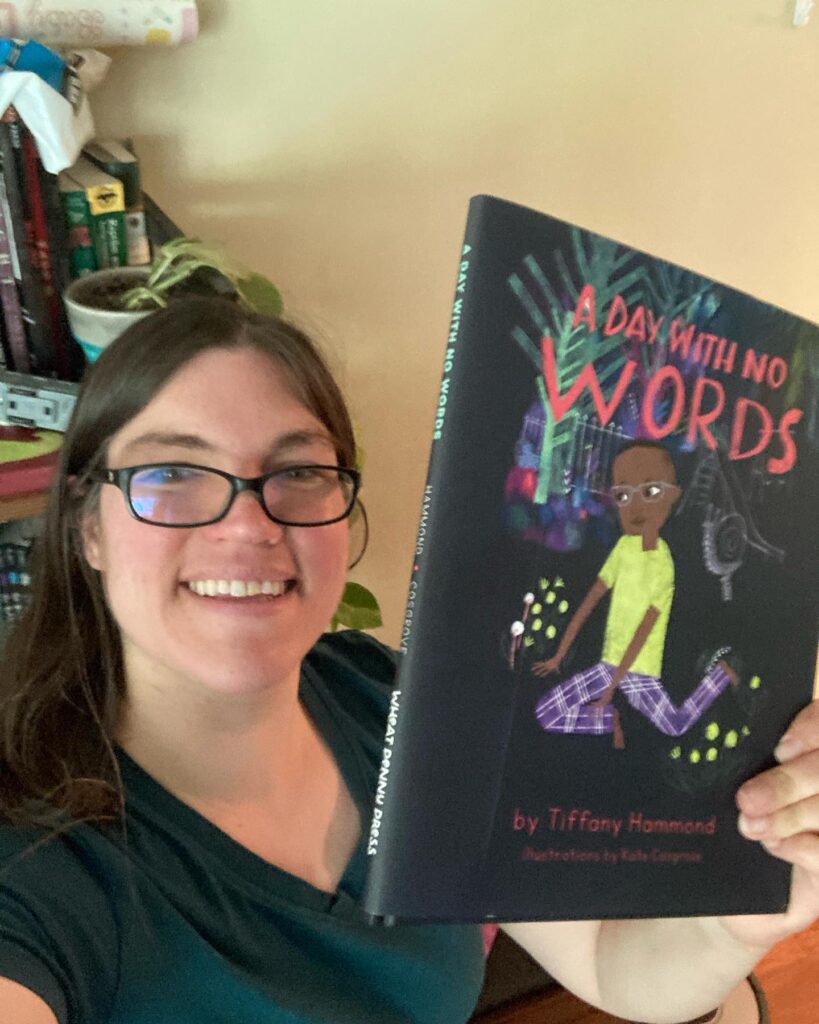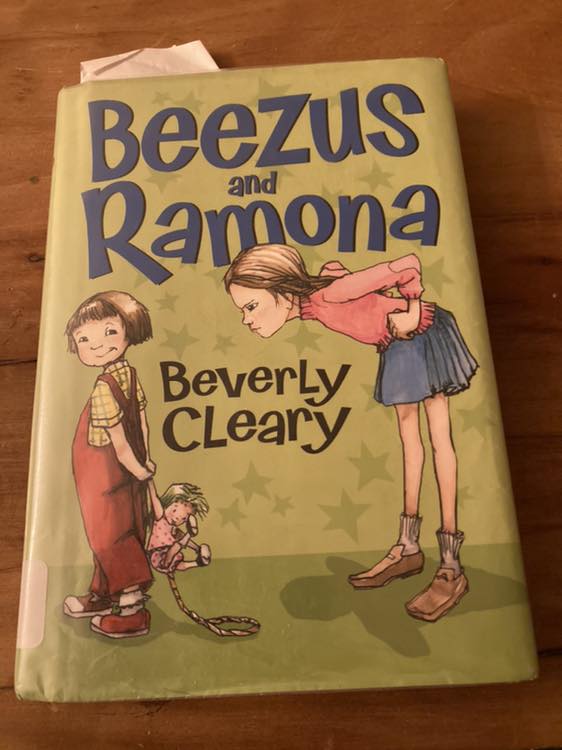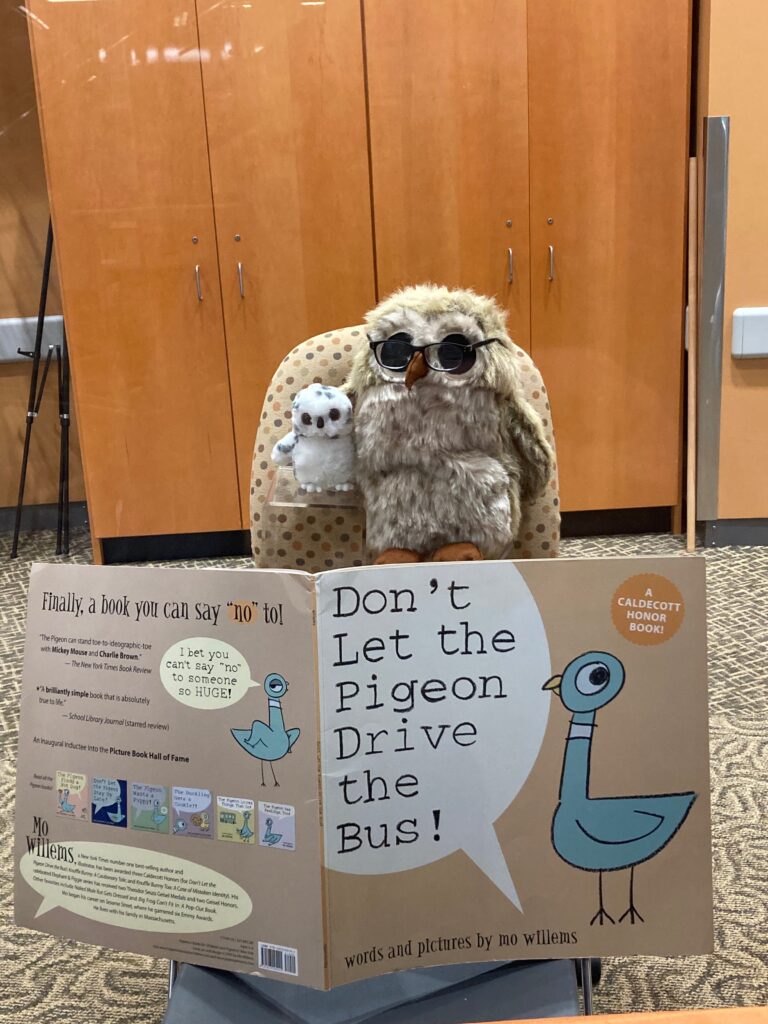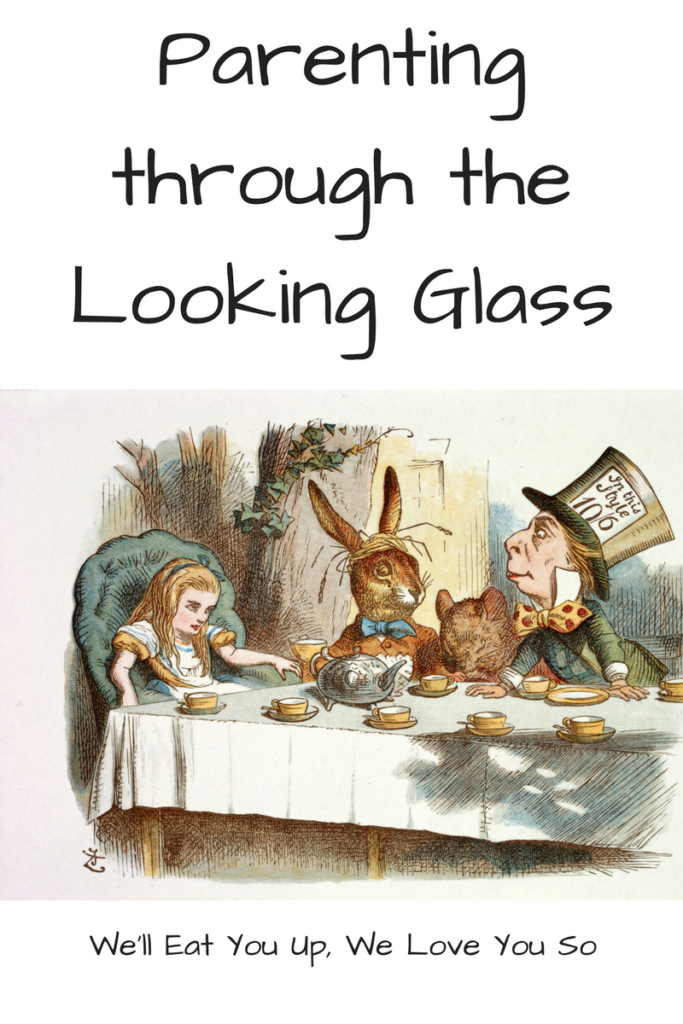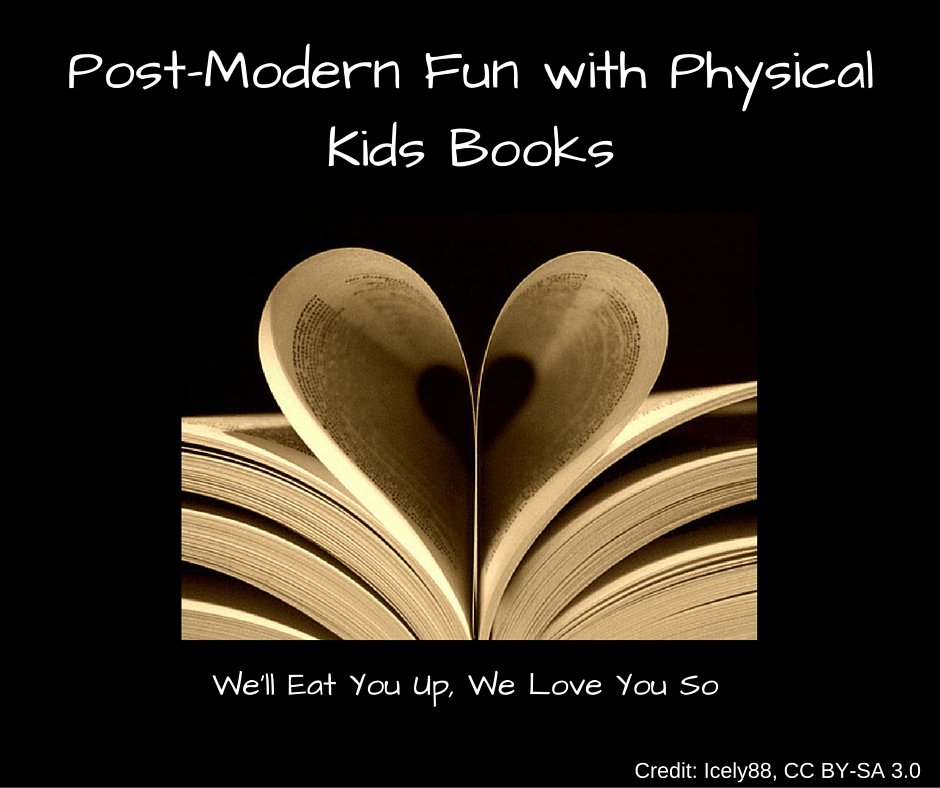
Working at my computer, I heard a crash from upstairs. “What the? Hoppity, what did you do now?!” I exclaimed before running upstairs to check on our pet rabbit.
Life with a rabbit is much more chaotic than I had expected. Early on, I realized that all of those stories of rabbits being tricksy were definitely based on some truth. But now that he’s been in our life for four years and both of my kids have a definite tricksy streak as well, I’ve grown to appreciate it as a character trait. In fact, it may be exactly what we need to embrace to get through the next four years.
Rabbits combine cuteness with tricks, hiding their subversive nature behind big eyes and ears. While they are a prey animal, they aren’t shy and scared. In fact, domesticated rabbits are known for their boldness, to the point where there’s a very popular Facebook group called Rabbits Are Arseholes. (I have contributed a few posts myself.) They have the confidence and lack of caring what humans think of cats without the predatory nature to back it up.
Inspired by real life, apparently, tricksy rabbits show up in many folk tales and popular culture. There’s Br’er Rabbit from stories taught by enslaved Black people in the American South and Rabbit from stories in many Native American tribes, including the Haudenosaunee (Iroquois), Narragansett, Inuit, and Cherokee. There’s even Bugs Bunny and Peter Rabbit!
But the most beloved fictional bunnies in our household are the rabbits of Watership Down. My older son and I read the book together last year and it quickly became his favorite book. In it, rabbits are unquestionably rabbity – not just people in fur – but also have culture and religious beliefs. Their folk hero is El-ahrairah, Prince of a Thousand Enemies. His stories involve bravery, adventure, sacrifice, and always cleverness. Both him and the main characters in the story make their way out of binds by finding a way to bend the rules, confuse those in power, or break the expectations others have.
These skills are particularly valuable when you are powerless and your life is in the hands of those with power. In stories, trickster characters are often prey or middle-of-the-food chain animals for a reason. People with power don’t need to be tricksy. Being tricky is a survival mechanism. It’s a way to recapture power when you wouldn’t otherwise have any. As my friend and activist Ashia Ray at Raising Luminaries defines it, trickster characters “reveal unspoken rules of their culture and disobey the culture’s power structure.”
Oppressed people have long used trickster stories to pass on important values and skills. For example, enslaved people told Br’er Rabbit stories to empower others to fight back and even communicate methods of escape. (Speaking in stories meant the enslavers were less likely to notice.) In Indigenous societies, storytellers tell trickster stories (including rabbits) in wintertime, to pass on culture that colonizers worked to strip from them.
In the next few years, these skills are going to be even more of a priority for people in marganilized and vulnerable groups. They can also provide guidance to undermine attempts to further oppress people and remove their rights.
So what can we learn from rabbits, both in real life and literature? (Note: There will be some spoilers for Watership Down. You should read it. It’s an excellent book)
Continue reading